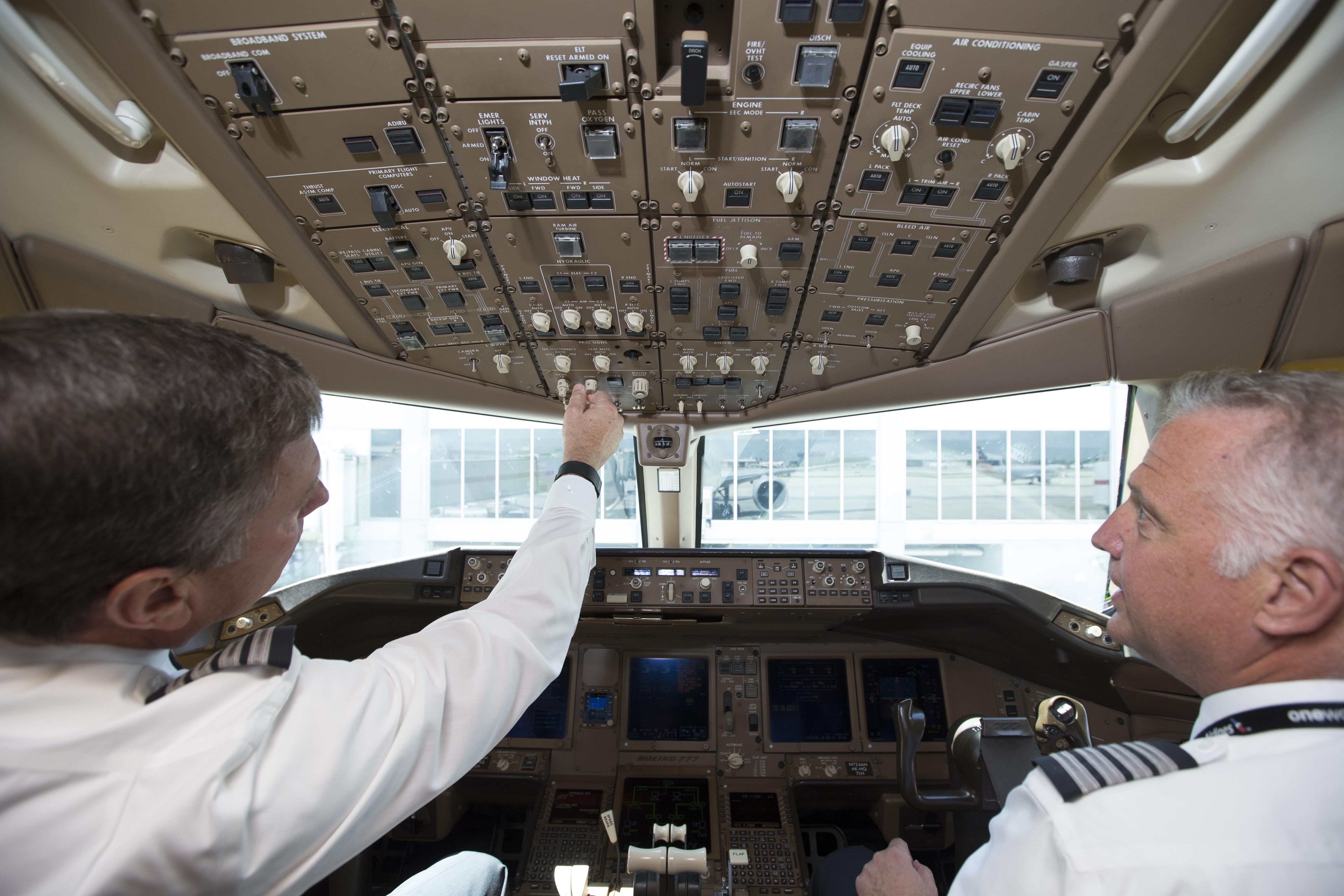
WASHINGTON—The FAA has taken the next steps in standing up grant programs to help aspiring pilots, engineers and aviation maintenance technicians, outlining plans to begin collecting applications for the first round of grants in November.
Congress approved the two programs as part of the FAA Reauthorization Act of 2018—a move backed at the time by a coalition of industry groups concerned about looming pilot and mechanic shortages. While COVID-19 pandemic-related downsizing by airlines and maintenance providers has eased near-term concerns of not having enough workers, advocates for the programs argue they are now more crucial than ever to long-term growth.
“Prior to the pandemic, the maintenance sector faced a technician shortage that was costing repair stations more than a billion dollars per year in lost economic opportunity. All forecasts predicted that the industry would keep growing and the demand for skilled workers simultaneously would grow more acute,” said Christian Klein, EVP for the Aeronautical Repair Station Association (ARSA), one of the grant concept’s key drivers among industry groups. “Then the pandemic hit. No one really knows when aviation activity will return to pre-COVID levels, but it certainly will. When it does, we’ll be in an even worse predicament than before because we’ve lost so many workers in recent months.”
Each program will have $5 million in grants annually. The FAA act authorizes the programs through fiscal 2023, but each year’s grants must be appropriated by Congress. The initial year’s grants were included in the fiscal 2020 appropriations bill, officially named the National Defense Authorization Act of 2020, passed in December 2019.
Under the terms proposed by the FAA in a pair of Federal Register notices seeking public comment, grant awards would range from $25,000 to $500,000. Eligible recipients include schools that train pilots and mechanics, including both higher-education and secondary institutions such as high schools; airlines; FAA-certificated Part 145 repair stations, and pilot and mechanics labor organizations. Recipients will have 12 to 18 months to use the funds.
“The FAA anticipates releasing an initial Notice of Funding Opportunity (NOFO) on www.grants.gov on or about Nov. 13, 2020,” the agency said in both notices. “The FAA envisions thereafter releasing NOFOs each year for which funding has been appropriated. The FAA anticipates all NOFOs will remain open for 60 days.”
The FAA intends the grants to back ideas that boost participation in technical training programs in various ways. Examples include providing more access to rural or other under-served populations, developing virtual curriculum, and training more teachers.
“Most of the focus on these programs has been inside the [Washington, D.C.-area] beltway—with getting them authorized, funded and operational,” Klein said. “As soon as the FAA publishes its final notices the responsibility will shift to schools, state and local governments, businesses, unions and others to develop partnerships and submit grant applications to leverage the federal resources and achieve maximum results.”
Applications will be reviewed by teams of FAA experts, the agency said. A technical team will review the applications from a merit perspective, while “management and fiscal” experts will analyze budgets and proposed program plans.





